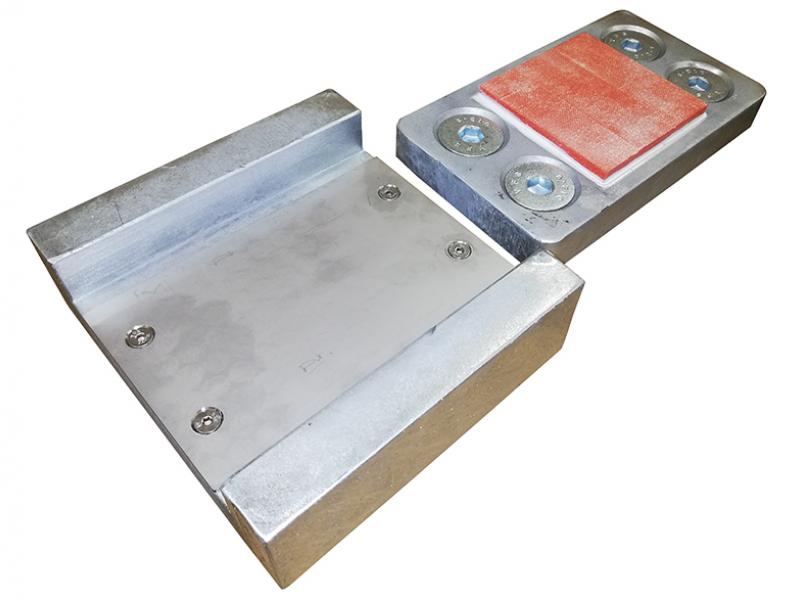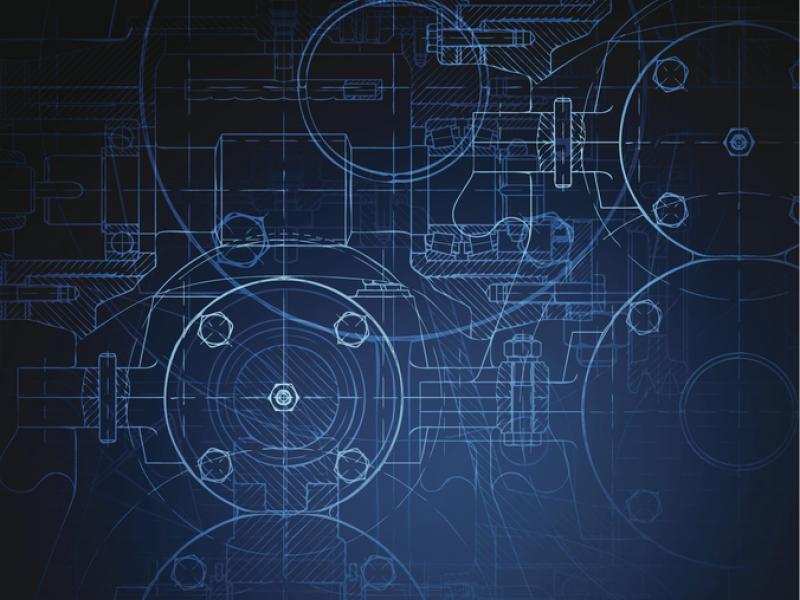Helping egg carton manufacturing company Huhtamaki Moulded Fibre speed up its production line took a little bit of Kiwi ingenuity. Engineers had to modify a machine with two conveyor belts to feed newly-pressed egg trays into one with three conveyor belts.
Concentric Engineered Solutions was asked by Huhtamaki to come up with a solution so it could increase production from 84,000 trays a day (24 hours) to 103,000. To do this, Huhtamaki wanted to use an older three lane Hartmann Afterpress machine that would be fed by a two lane Leotech moulding machine.
Using 3D modelling software, engineers at Concentric designed a way to bring two apparently incompatible systems together. Its staff did the mechanical design, manufacture and installation, Dalton Electrical handled the main electrical install including program logic controller (PLC), HMI and cabling, and Control Techniques delivered the servo control and HMI pages for the two-to-three lane sorter.
Tony Aislabie of Concentric says: “The Leotech moulding machine could go faster than the Leotech Afterpress so it was decided to replace it with the older Hartmann machine. However, the Hartmann machine ran three across, while the Leotech moulder was a two-lane machine.”
Engineers drew up plans to manufacture new conveyors so two lines of product could be fed into three lanes. They designed a system that meant that two conveyor belts would swing from side to side, to feed the three-lane Hartmann machine.
Helping to make the concept a reality was Dalton Electrical, staff there coded the computer chips to ensure the conveyor belts not only ran at the right speed, but moved in tandem with each other to feed the three lane machine.
“We wired the whole machine,” says Daniel Berry, an automation engineer at Dalton. “And we programmed the press and conveyor – but not the sorter. There’s an encoder on the press wheel so during its 360-degree revolution different solenoids are actuated.
“We also fitted a new HMI touch screen as well, the old press had a push button station that was fairly old and tired, so the new HMI – an Allen Bradley panel view plus – is on a swing arm and can be swung to either side of the machine.”
Tony says the Hartmann machine was originally bought in the 1980s.
“The firm had the advantage of having used both machines and so knew which one they preferred,” he says.
“One issue of concern was that the product was coming out of the moulding machine at 380mm centres, and it needed to go into the pressing machine at 305mm centres so it had to taper inwards.
“We overcame this by making a flat belt conveyor with fixed guides to taper the cartons in.”
The transition of the cartons from one conveyor to the next was one of the biggest challenges, especially as the two-to-three lane sorter conveyor swung from side to side. To achieve this, the conveyors and afterpress were set up off line and tested prior to shutting the line down for installation – the installation window was only four days.
“The client needed to be up and running as soon as possible as they operate a 24/7 operation,” says Tony.
He says although the project was kicked off last year, it was in March that Concentric was given full project management of the job that was completed, installed and fully operational by 21 May.
“It was a good collaborative approach with the client,” says Tony. “We used Solid Edge 3D modelling software to come up with ideas, and we could look at the transition points to see how the cartons would cross from one conveyor to another.
“The result was a customised solution that delivered the required increase in output and was implemented with minimal disruption to production.”
How to feed a three-lane machine with two conveyor belts
General Engineering
Tuesday, 09 July 2013






